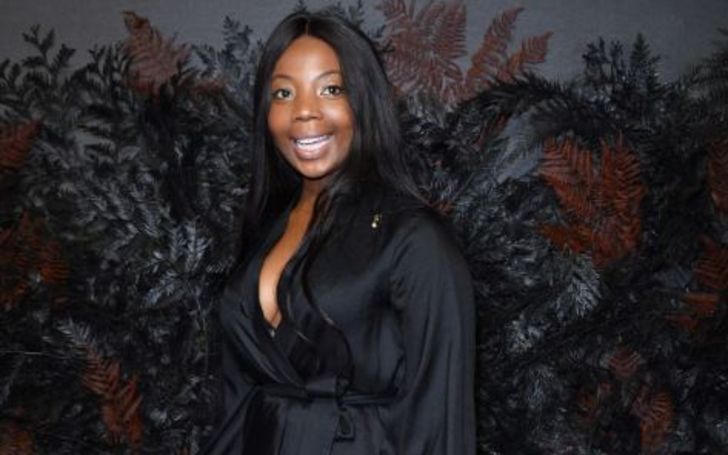Uncategorized
Caroline Burns

Caroline Burns’s Academic career
From 1967 to 1968, Caroline Burns worked as a research associate in biology at Yale University. Waugh returned to New Zealand to take up a zoology lectureship at the University of Otago. She rose to the rank of professor, receiving a personal chair in zoology in 1993, and she was the head of the Department of Zoology from 1987 to 1989. The University of Otago bestowed the title of professor emeritus on Burns upon her retirement in 2010.

Source: Pinterest
From 1981 to 1990, Burns was also a member of the National Parks and Reserves Authority and was the convenor of the Marsden Fund’s panel on “Ecology, Evolution, and Behavior.”
Click to know: James Hampton’s Net worth, Career, relationship Detail, Personal Information
CBE served on the International Union for Conservation of Nature’s (IUCN) Commission on Ecology from 1988 to 1990, and the Commission on National Parks and Protected Areas since 1988. She served as an IUCN regional councilor from 1984 to 1990 and chaired the New Zealand Committee of IUCN members from 1986 to 1990.
Caroline Burns’s Awards
Caroline Burns was appointed a Commander of the Order of the British Empire in the 1984 Queen’s Birthday Honours for his conservation efforts. She received the New Zealand 1990 Commemoration Medal in 1990. Waugh was elected a Fellow of the Royal Society of New Zealand in 1993.
The International Society of Limnology (SIL) awarded her the Naumann-Thienemann Medal in 2007 for “outstanding work on the physiology and population dynamics of southern hemisphere zooplankton and food-web interactions, as well as her indefatigable and fruitful endeavor to New Zealand lakes, and for her contribution to SIL.” Burns was awarded the Marsden Medal by the New Zealand Association of Scientists in 2017.
Caroline Burns’s Selected Works
- Carolyn W. Burns, 1969, “Relationship Between Filtering Rate, Temperature, and Body Size in Four Daphnia Species,” Oceanography and limnology 14 5: 693–700. doi:10.4319/lo.1969.14.5.0693.
- Carolyn W. Burns, “The Relationship Between Body Size of Filter-Feeding Cladocera and the Maximum Size of Particle Ingested,” 1968. Limnology and Oceanography. 13 4: 675–678. doi:10.4319/lo.1968.13.4.0675.
- Carol L. Folt and Carolyn W. Burns. 1999. “Biological drivers of zooplankton patchiness.” Trends in Ecology & Evolution. 14 8: 300–305. doi:10.1016/S0169-53479901616-X.
- “The Size-Efficiency Hypothesis and the Size Structure of Zooplankton Communities,” Hall, D. J., Threlkeld, S. T., Burns, C. W., and Crowley, P. H., 1976. Annual Review of Ecology and Systematics. 7: 177–208. doi:10.1146/annurev.es.07.110176.001141.
Caroline Burns’s Personal Information
Burns was born in Lincoln, New Zealand, the daughter of agricultural scientist Malcolm McRae Burns and Ruth Alvina Burns. She attended Christchurch Girls’ High School before going on to study zoology at the University of Canterbury, where Caroline earned a Bachelor of Science degree with first-class honors in 1962.

Source: Pinterest
In 1966, Waugh received her Ph.D. from the University of Toronto, with her thesis titled The feeding behavior of Daphnia under natural conditions. She married John Ingram Hubbard, a physiology professor at the University of Otago, in 1981. He passed away in 1995.
Follow Featured Biography for more to read.
Tags




































